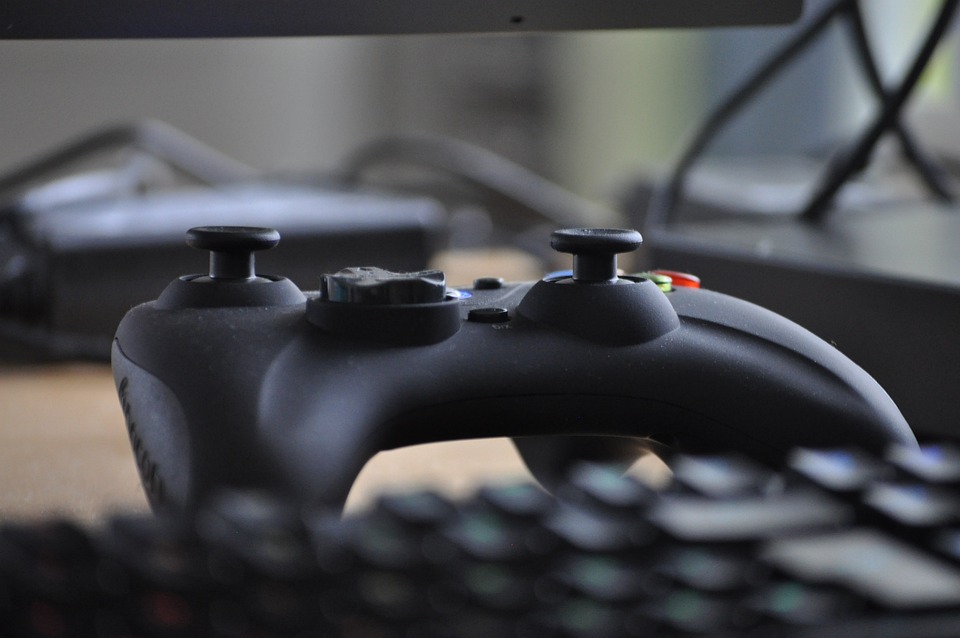I don’t care if you like football or not, there is no way you have never heard of Dream League, Fantasy Football, or even the FIFA franchise. I am not a big football fan, but I have played the above at least once. And I must admit I have often wondered what it takes to create these sophisticated video game simulations.
Today, I want to show you how these simulations are designed and developed and, if you are in the field of design and development, what it takes to make a great football video simulation.
Football simulations have shaped an entire generation of gaming. It’s not a surprise that FIFA made more money from online gaming than from real-life football.
Table of Contents
Creating The Game

There are so many out there, right? So, for a simulation to be successful, it must stand out, and here’s what I found:
The developer aims to create a match that is not just realistic but also immersive. The match must be responsive and quick just like a real-life one is, I mean if Halaand can score a goal in the first five minutes of a contest then I should be able to do the same.
I’ve played EA’s Pro Evolution Soccer (PES) once or twice, but it stuck with me. I am no professional, but I was surprised when I managed to score penalties that seemed impossible and missed easy free kicks. This made the match more fun because suddenly I was aware that I wasn’t guaranteed success with every shot at goal, which made it more fun.
The closer to reality the simulation is, the better football fans are the most critical ever. The accuracy of a pass or how another player receives the ball is a telling sign of the accuracy of the simulation.
I am a stickler for good graphics, and PES and FIFA have mastered excellent graphics and attention to detail.
What I appreciate about FIFA 23 is the career mode menu, where you can customize the pitch pattern and the nets. While it has nothing to do with playing a wonderful match, it is nice to express my creativity.
Game Creation
Development can take anywhere from one to five years – and that’s standard across the gaming industry. On the one hand, you have AAA titles that are modern-day epics in their own right. Duke Nukem currently holds the Guinness World Record title for the longest game development in history, falling just shy of 15 years.
On the other end of the spectrum, genres like slots take a lot less time to get perfect. These games are backed by extensive market research that has been building over more than two decades, with expert developers knowing exactly what sort of elements will draw a crowd – and which to avoid for the risk of falling flat. Game development on new slots can take somewhere between months and a year or so, but rarely any longer than that.
For sporting AAA titles, the more sophisticated the sport is, the longer the process may take. With a franchise, it gets a little easier, the following titles from the first release take less time, I think it’s because there is a functioning title to work from.
EA released the first FIFA title in 2017 and it took them just over two years to create. Every title released after that took the EA team nine months or less.
Play By The Rules
Sportsmen and developers are different as developers focus on the engineering and technological parts. They will use the rules of the sport to create the best simulation possible.
This is the one thing I love about video contests. Their ability to look like the actual sport it portrays. This is all thanks to great consultants for EA such as Harry Kane and Anthony Martial that assist developers.
This part of development is important because it speaks directly to the user’s playing experience. I for one cannot deal with a complicated interface, whether it’s a phone or a car console. This phase is where camera control and other controls are designed and developed. Creators usually study what’s on the market and adjust their designs. Camera control can be very tricky for additional modes like career mode.
Creating the Model
The model is a set of playing systems that include the match’s tactical and technical aspects. Different phases of the match are considered at this stage:
- Attack
- Defense
- The transition from defense to attack
- The transition from attack to defense
- Organised attack
- Organized defense
- Disorganised attack
- Disorganized defense
This stage of development answers the questions of where to place the footballers and what commands to give them within the different playing phases.
The Prototype
This is a tricky stage in the development phase because this is where you will find out if everything works the way it should or not so you can’t skip, it is not like cooking where you can substitute ingredients or omit some completely. Added to that trickiness is the expense of creating a prototype.
Without the correct licensing, a title may never see the light of day; look at the EA and FIFA split that happened last year. EA was already paying over $150 million in licensing fees, and still FIFA wanted to increase that amount even more. I’m aware that licensing is not part of the design and development technology but it’s an important part of it.
The design and creation process can be lengthy and expensive. I finally understand why these titles cost so much, a lot of time and resources go into creating them.